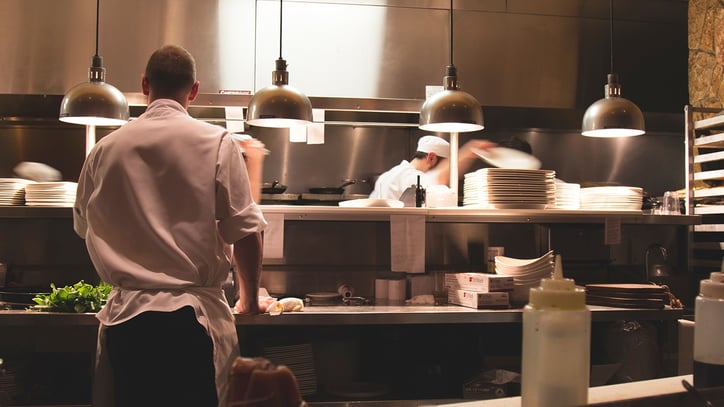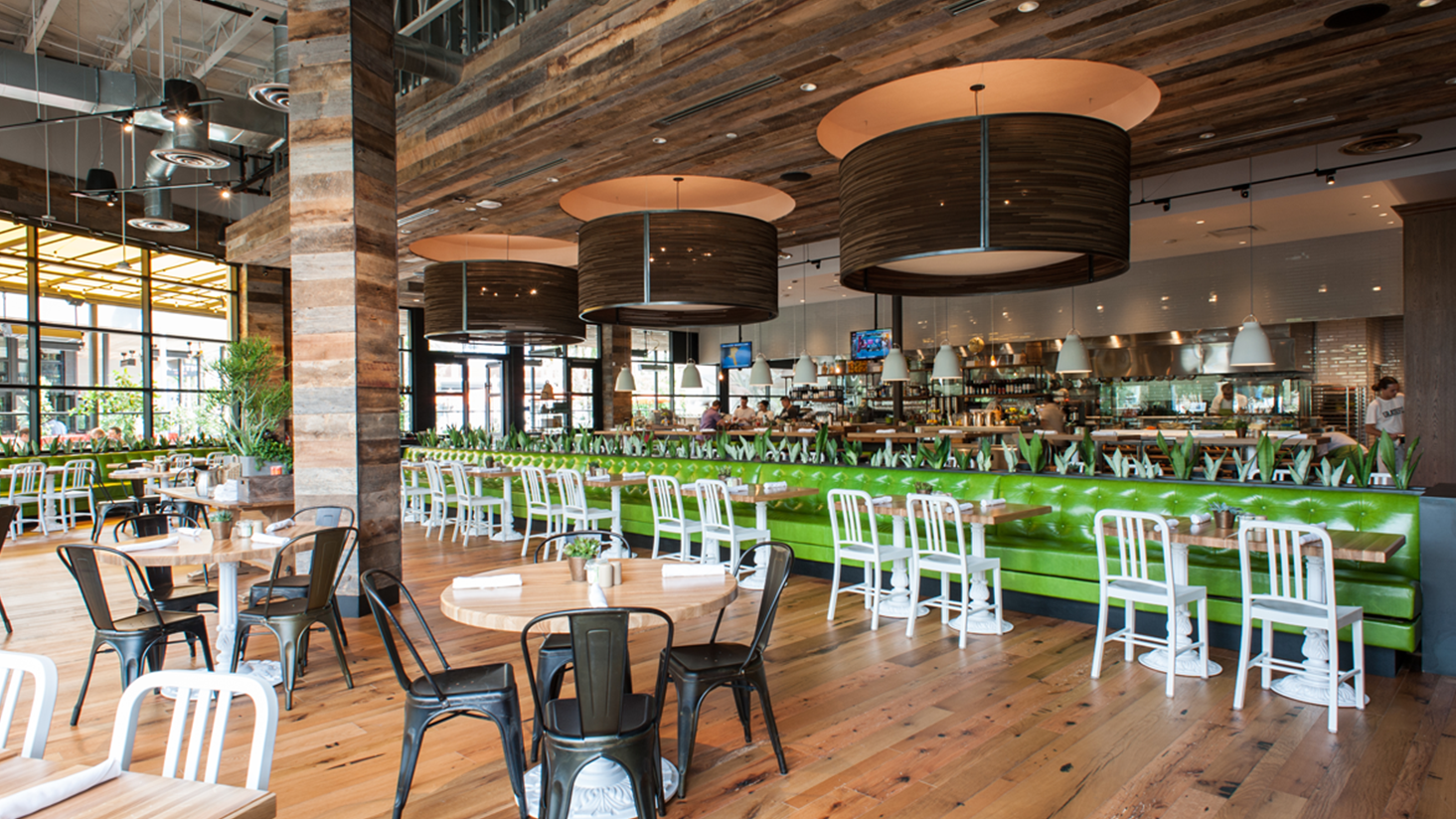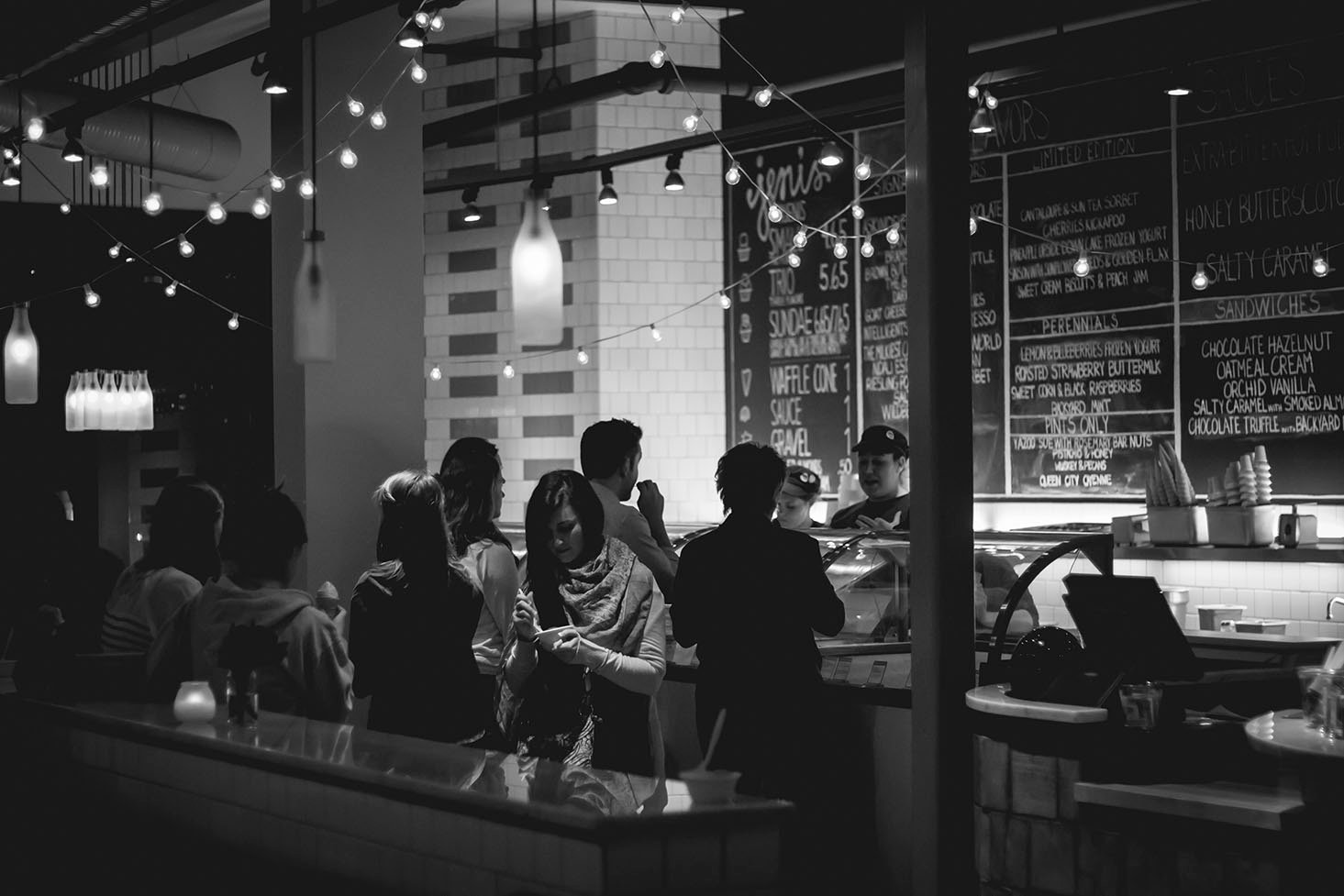Here's a recipe for restaurant lighting design success

Earlier this year, I was talking with a project manager for a mid-sized national restaurant chain about the challenges of getting a store properly lit (and properly dimmed). "If I open a store a year late and a million dollars over budget, as long as it looks good, I'm not worried about losing my job. But if it's Friends and Family Night and my CEO asks me to dim the lighting and it flickers, I'm worried."
Perhaps you've been in the same shoes, and you're well acquainted with the importance and difficulty of restaurant lighting.
Light levels play an important role in setting a restaurant’s mood. Like the volume of the music or the attire of the wait staff, the way a restaurant is lit sends messages to guests about how they should interact with it. Lighting also conveys expectations about the quality of the food and service.
Finding the right lighting scheme for a restaurant isn’t always easy. There are FDA, energy, and building codes to consider. If the lighting is too dim,
Read more: 3 pitfalls to avoid in restaurant lighting
Most restaurant pros know all of this. Of
How do you maintain the original design intent all the way from schematic design to install? And how do you deliver a store's lighting package on-time and on-budget?
We have a recipe for that:
1. Understand overall restaurant design intent
"Call the concept chef"
Our design team seeks to clearly understand the vision of the customer and the way people will use their space to narrow product options for each project.
2. Create exceptional lighting designs
"Wow the guest"
We work with a wide variety of restaurant clients, to conceive exciting, innovative lighting concepts.
3. Stick to the lighting budget
"Mise en place"
There's a French cooking phrase called "mise en place," or "everything in its right place." This is a philosophy French-trained chefs keep in mind when preparing for a night in the kitchen. Just the same, we learn the customer’s lighting budget and specify lighting packages with that figure in mind. We step into jobs prepared. No improv cooking here when it comes to specifying lighting.
4. Streamline internal processes
"Eyes on the rail"
We work closely with our procurement team to know the exact costs correlating to the products we’re specifying, as a way of keeping customer projects on-budget and on-time.
5. Be manufacturer-agnostic
"Finding the right ingredients"
We are committed to evaluating manufacturers through a proven, data-driven approach to determine the best solution for each space, irrespective of a given manufacturer’s product line and, as a national distributor, we have strong relationships with industry-leading lighting companies from around the globe
6. Project management
"Running the pass"
In restaurants, keeping the line cooks on task and fast is the key to prompt service. Our project managers stay on top of lead times and quotes. We keep customer interest as the number one priority when interacting with manufacturers, architects, and contractors to ensure deadlines are met and budgets aren’t blown – coordinating shipping, installation, inspection, and other key project phases.
7. Focus on the finishing touches
"Plate it right"
For us, the job is not done when the product is shipped. And we don't make decisions off of just cut sheets. We use photometric renderings and live mock-ups to ensure the lighting performs as we expect it to. Then, we aim, set light scene levels, and thoroughly test dimming controls to ensure the original plan is always realized in the end.











